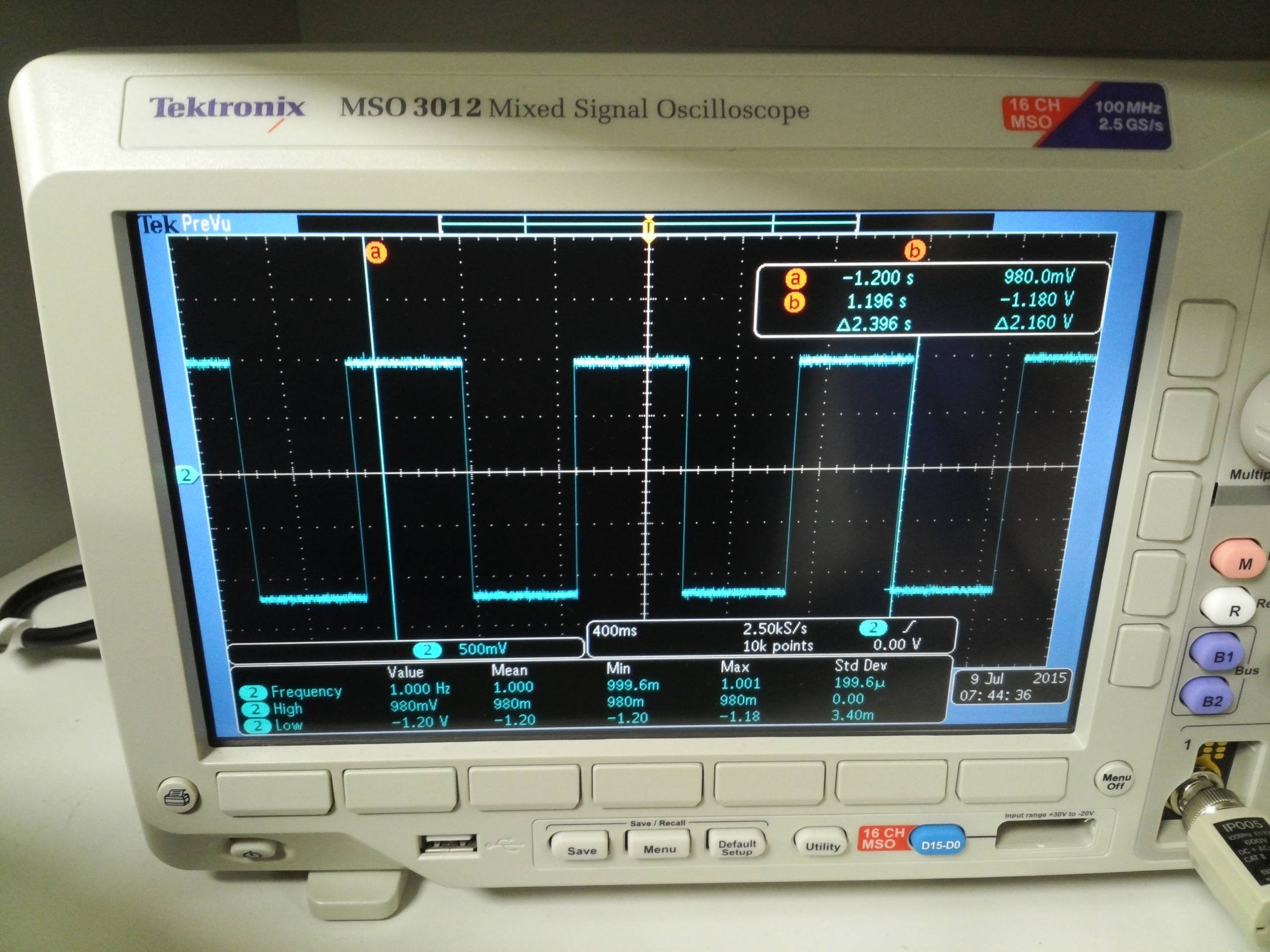Featured
Voltage Drop Across Op Amp
Voltage Drop Across Op Amp. That is, effect of having the output voltage something other than zero volts. In a precision rectifier circuit using opamp, the voltage drop across the diode is compensated by the opamp.

In order for voltage to drop across the input, the impedance has to be very high, as ohm's law states, v=ir. As you can see nothing magical is happening here. The ohms law is applied in this scenario.
When We Apply Positive Voltage At Inverting Input, The Op Amp Output Voltage Start To Decrease.
As a result, you won’t get signals. By ohm’s law, if the two resistors carry the same current, then their voltage drops will be proportional to the ratio of their resistances. One is at the input voltage, so for the other one to be the same, there must be a voltage drop across the 1k ohm resistor equal to the input voltage.
The Op Amp Output Will Change As Necessary To Keep The Two Input Voltages Identical.
A t this condition, v 0 = v z + v d2. Let’s say you have a 5v reference and the voltage divider is set up to divide the voltage from v out to gnd by 4. In a precision rectifier circuit using opamp, the voltage drop across the diode is compensated by the opamp.
You Should Decrease The Size Of Both Voltage Divider Resistors While Keeping Their Ratio The Same.
Amp as shown, input bias currents are negligible. So the output voltage start to starts to decrease. The ohms law is applied in this scenario.
Op Amps Avoid This By Having Very High Input Impedance.
The resistor will only produce.4v drop if the current through the resistor will 400ma (.4a). In order for voltage to drop across the input, the impedance has to be very high, as ohm's law states, v=ir. This may restrict you to smaller resistors and place practical limits on gain, or may produce some variations in output voltage.
So Long As The Op Amps Input Common Mode Range And Its Output Can Swing To The Negative Rail Within The Voltage Drop Across R 1, The Current Source Can Swing All The Way To The Negative Rail.
According to the 1n5177 diode's data sheet, this can cause a. We apply 2v at inverting input so the op amp see the potential difference between his inputs. As you can see nothing magical is happening here.
Comments
Post a Comment